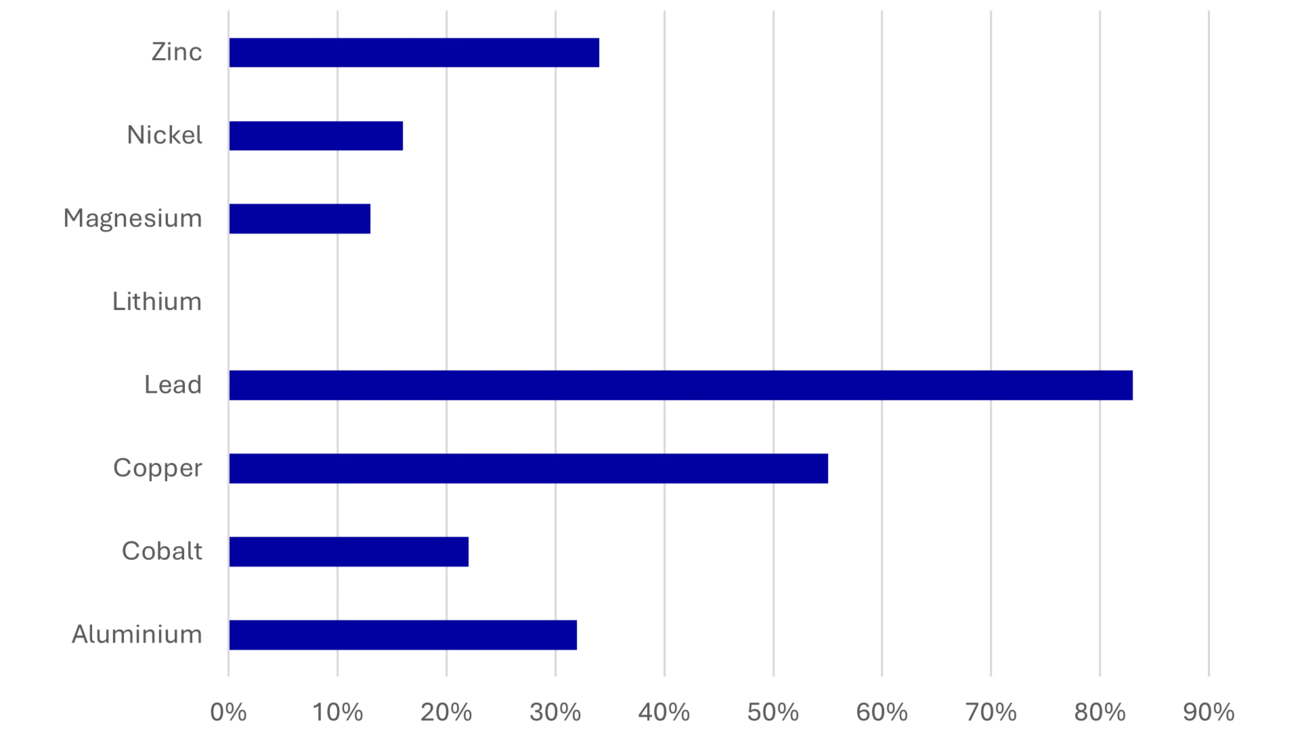In an era of persistent uncertainty and diverging climate and sustainability policies, the external environment for businesses is becoming increasingly complex. While European regulations continue to guide the direction of change, the pace has moderated, and the tone has softened. For Nordic industrial companies, this evolving landscape presents an opportunity to reframe sustainability: not as a burdensome compliance race, but as a strategic enabler of resilience, financing and future competitiveness.
Regulation: Direction is clear, but timing is flexible
The European Union remains committed to decarbonisation, circularity and supply chain transparency, although implementation is evolving. Instruments like the EU Emissions Trading System (ETS) and the Carbon Border Adjustment Mechanism (CBAM) continue to shape long-term cost structures and trade dynamics, particularly for carbon-intensive manufacturing and global sourcing. However, transition periods and practical enforcement are becoming increasingly flexible.
Product regulations such as the Ecodesign for Sustainable Products Regulation (ESPR) and Right to Repair (R2RD) continue to encourage durability and energy efficiency—driven not only by mandate due to low circularity but also increasingly by market expectations and demand. Similarly, while the Corporate Sustainability Reporting Directive (CSRD) and Corporate Sustainability Due Diligence Directive (CSDDD) may soften in tone, they still reflect investor and stakeholder appetite for traceable, accountable business models.
What this means: Sustainability-aligned strategies remain important, but companies now have the latitude to be thoughtful, phased and commercially grounded in their approach.
Technology & capital access: The opportunity is now
Amid regulatory shifts, the business case for green technology remains strong. Investments in electrification, renewable energy integration, process digitalisation and circular economy models are driving measurable efficiency, cost savings and operational resilience.
Furthermore, sustainability alignment increasingly unlocks preferential access to capital. Financial institutions, particularly in the Nordics, continue to channel funding toward projects aligned with the EU Taxonomy and broader sustainability goals. Green lending, performance-linked financing and innovation grants remain robust, offering a significant advantage to early movers
What this means: Sustainability-focused investments are no longer just about compliance. They now serve as key drivers for unlocking capital and building operational excellence. This is particularly evident in areas with growing regulatory and market-driven demand, such as smart packaging solutions, chemical tracking and labelling systems, and sustainable fulfilment machinery, among others.







